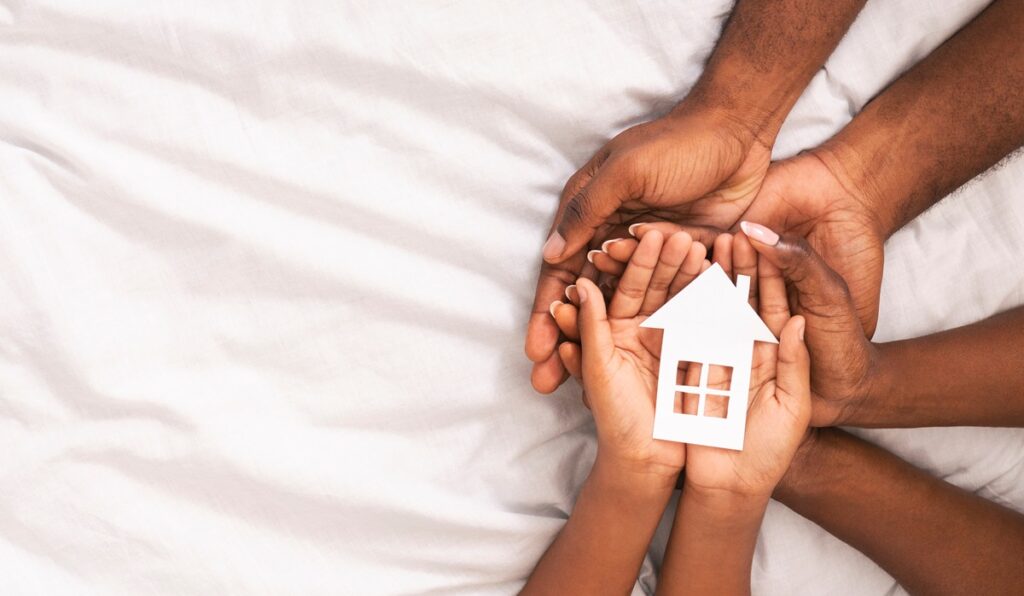Racial disparities in homeownership persist across the United States, with Black Americans owning a significantly smaller share of homes compared to their population size. A new analysis by LendingTree, based on U.S. Census Bureau data, reveals that Black people made up 14.49% of the population in the nation’s 50 largest metros in 2023 but owned just 10.51% of owner-occupied homes—a disparity of 3.98 percentage points. While this marks a slight improvement from 2022’s 4.33-point gap, Black homeownership rates remain disproportionately low.
Cities With the Smallest and Largest Black Homeownership Disparities
Some cities show smaller gaps between Black population shares and Black homeownership rates. The three metros with the smallest disparities include:
- Fresno, CA – 3.79% of the population is Black, while Black homeowners own 2.92% of homes, a difference of 0.87 percentage points.
- San Jose, CA – 2.40% Black population vs. 1.38% Black homeownership rate, a 1.02-point gap.
- Riverside, CA – 7.05% Black population vs. 6.01% Black homeownership rate, a 1.04-point gap.
Conversely, metros with larger racial homeownership gaps include:
- Memphis, TN – Black residents make up 45.76% of the population but own only 35.82% of homes, resulting in a 9.94-point disparity—the largest in the study.
- Milwaukee, WI – 15.67% Black population vs. 7.34% homeownership rate, an 8.33-point gap.
- Virginia Beach, VA – 29.35% Black population vs. 21.46% homeownership rate, a 7.89-point disparity.
What’s Driving This Disparity?
Multiple economic and historical factors contribute to the lower homeownership rates among Black Americans. According to the U.S. Census Bureau’s 2024 Current Population Survey, the median income for Black households is $56,490, which is $28,140 less than the $84,630 median income for white households.
Additionally, Black Americans:
- Have less household wealth compared to white Americans, limiting down payment options.
- Are more likely to be unbanked, making mortgage qualification more difficult.
- Experience higher mortgage denial rates, restricting homeownership opportunities.
- Historical housing policies like redlining have also had a long-lasting impact, limiting generational wealth-building opportunities and reducing access to homeownership in predominantly Black communities.
Closing the Gap: Steps Black Homebuyers Can Take
While Black homeownership remains disproportionately low, opportunities exist for prospective buyers. Experts suggest:
- Shopping around for a mortgage – With mortgage rates surpassing 7.00% in early 2025, comparing lenders can help secure a more competitive rate.
- Knowing their rights – It is illegal to deny a mortgage or refuse to sell a home based on race. If discrimination occurs, buyers can file a complaint with the U.S. Department of Housing and Urban Development (HUD).
- Exploring low-income mortgage programs – Many government-backed loans, such as FHA and USDA loans, offer more accessible pathways to homeownership for lower-income buyers.
Looking Ahead: Addressing Racial Homeownership Disparities
While Black homeownership rates are slowly improving, the gap remains substantial across all major U.S. metros. Addressing this issue will require continued policy efforts, financial education, and expanded access to lending opportunities.
As Black homeownership grows, economic equity and wealth-building opportunities will continue to shape the future of the U.S. housing market.






